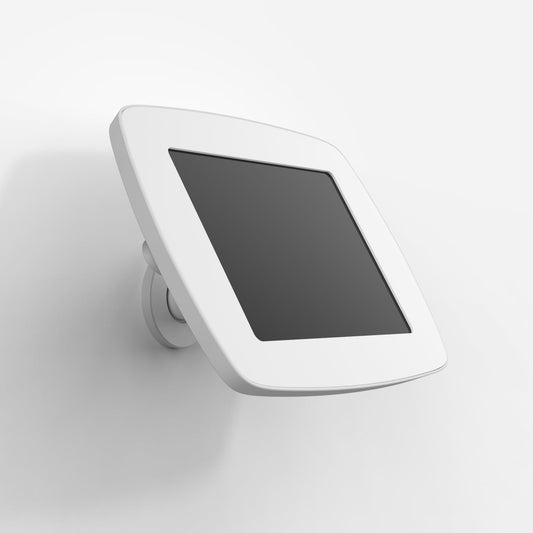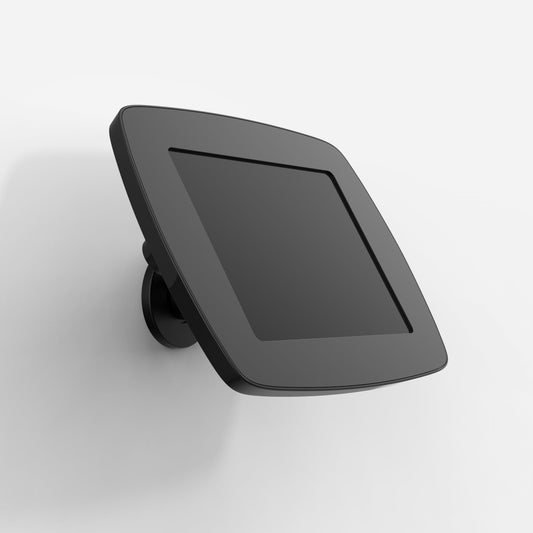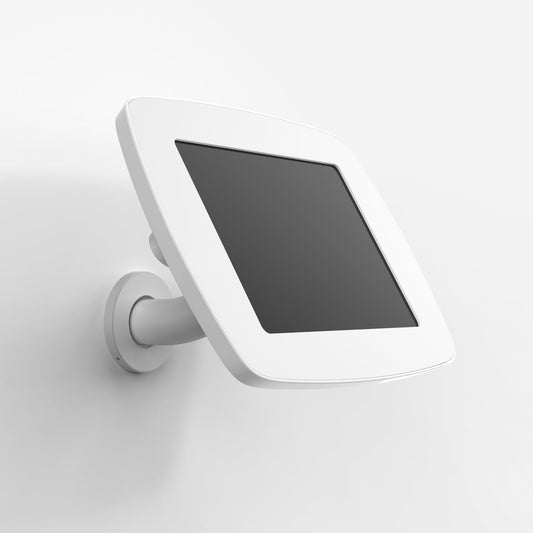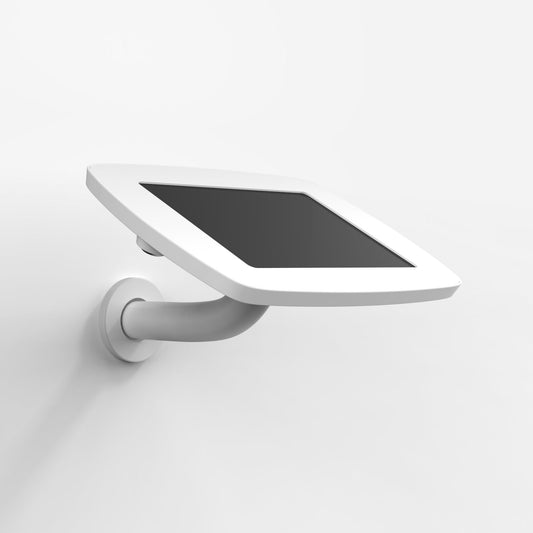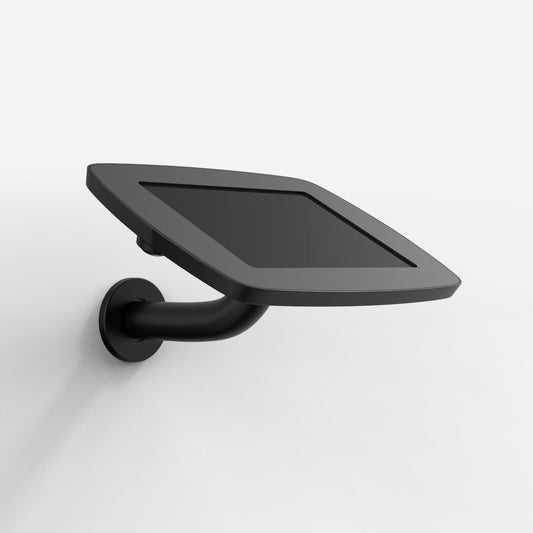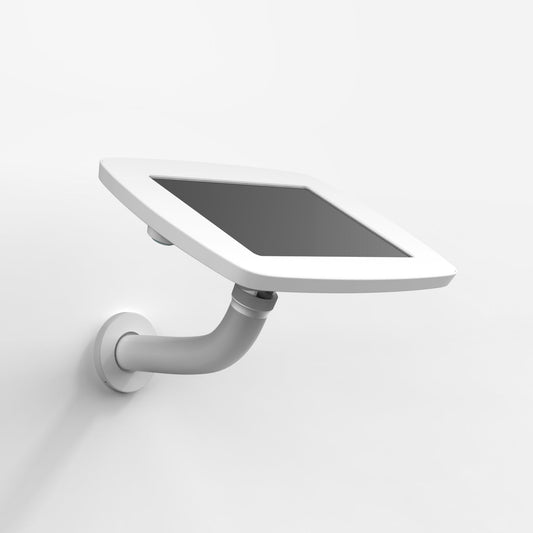Wish you could travel through time to see historical events as they happened?
Well, unless someone invents a flux capacitor-powered Delorean, you’ll have to make do with books, video, or museums.
But what if you could combine all three? These days you can, with interactive tablet kiosks at historical sites (a.k.a. time travel booths!).
How Do Museum Tablet Kiosks Work?
Museums and historical sites are under constant pressure to get new people through the doors.
One way to get people engaged (especially youngsters) is by making the experience more immersive.
That’s where museum tablet kiosks come in. Positioning a tablet stand next to an exhibit attracts attention, taking people on a journey through time.
And the good news is, tablet kiosks aren’t restricted to museums. A tablet kiosk in a castle could let you explore different aspects of medieval life. You tap the screen and choose whether to see the daily routines of knights, how stonemasons built the castle, or details of famous sieges. Stories are told through pop-up videos, timelines, games, and quizzes.
You could also place a tablet stand next to an ancient manuscript. You can turn the digital pages, while a voiceover reads the text aloud.
Benefits of Tablet Kiosks at Historical Sites
Less time-consuming and costly
The best thing about a tablet kiosk is that you pay for the tablet (a standard iPad is usually enough) and a robust tablet stand to hold it – and that’s it.
If you want to change the info or move it, you simply update the app or software, without needing to print new signage or brochures.
Let’s say you’ve got a temporary exhibit coming up. With traditional signage, you’d have to hustle to get signs and brochures printed, which is time-consuming and costly. Whereas, with a tablet kiosk, you simply upload the new content, tweak the layout, and move the stand to the new location.
More Accessible
Accessibility for disabled visitors is important. Tablet kiosks offer audio descriptions and transcripts, meaning the site can be enjoyed by anyone and everyone. It removes barriers, making the space more welcoming.
You can also add multilingual support, so a French-speaking visitor can enjoy a museum in Germany, with content voiceovers in their language.
Continuously Available Information
Tablet stands at historical sites mean info is always ready to view at the touch of a screen. This is ideal for busy days when human guides are likely to be swamped with groups. You can still get all the facts and stories you came for without waiting around.
Museum Tablet Kiosks – Use Cases
Next, let’s take a look at a few ideal scenarios for iPad stands or tablet kiosks at historical sites.
Interactive Displays
Let’s start with the obvious one – interactive displays and labels. Instead of reading a static piece of text, people interact with the tablet, which tells them a more engaging story. Display interactive maps or timelines that allow visitors to tap on events or places if they want to dig deeper.
For example, at a World War II museum, you might find a tablet kiosk with a map of wartime Europe. It could also show real letters from soldiers or footage from actual battles. This makes the history more real and relatable, which means the memories stay with you long after leaving the site.
Tablet stands are also great for helping people find their way around. You can include a search function and map to get to specific exhibits. This is especially useful for large or complex sites.
Visitor Interaction
Remember, interaction isn’t a one-way street.
Invite visitors to leave their feedback right after they’ve experienced an exhibit. A star rating system might work, or you might ask for ideas on how to improve things. It’s much easier to manage than old-school paper comment boxes (and you don’t have to worry about pencils going missing!).
How To Install Tablet Stands At Historical Sites
When you’re installing iPad stands or tablet stands in high traffic areas, you need to make sure they’re durable and secure. Brands like Bouncepad are popular, as they’re built to be tough and have built-in lock and key security.
The Bouncepad Wing is ideal if you need a freestanding touchscreen tablet stand that’s stable, secure, and hides away all the cables. If you want to position the screen on the wall next to an exhibit, then the Wallmount is a good, simple, yet secure option.
All Bouncepad iPad stands are easy to mount and come with all the necessary fixings (apart from wall plugs).
Transforming Historical Sites with Tablet Kiosks
Tablet kiosks are changing the way visitors engage with history. As well as being more immersive, they make the experience more educational and easier to navigate.
If you manage a historical site, and you’re interested in livening up your visitor interactions with a tablet stand, reach out to Bouncepad today.


